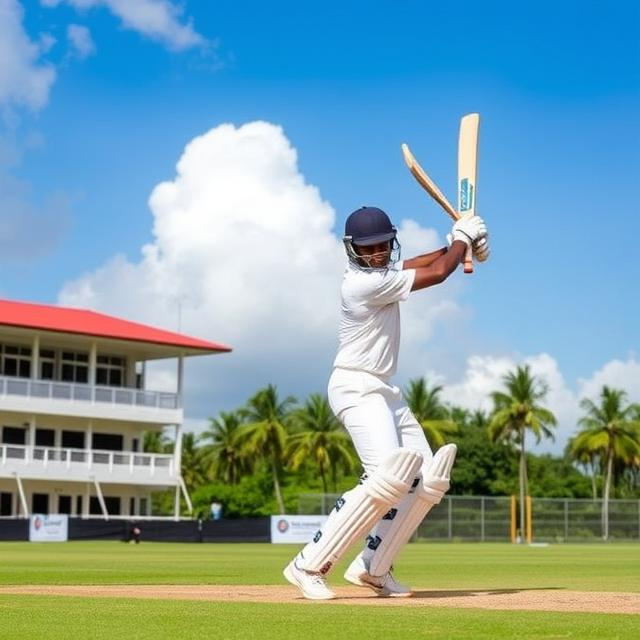Pakistan Cricket Team Captaincy in 2018: A Year of Shifting Sands

Pakistan Cricket Team Captaincy in 2018: A Year of Shifting Sands
The year 2018 was a tumultuous one for Pakistan cricket, marked by fluctuating fortunes and a significant shift in leadership. Who led the green shirts through the highs and lows? Dive into the complexities of Pakistan’s captaincy in 2018 as we dissect the performances and personalities behind the helm.
A Year in Review: From Babar to Sarfaraz and Beyond
Pakistan’s 2018 cricket journey wasn’t a straightforward one. The team faced a mix of triumphs and setbacks, and this was intrinsically tied to the leadership they experienced. The changing of the guard, with the team fluctuating between captains, presented a unique perspective into the team’s dynamics and the challenges of maintaining consistent performance.
The 2018 season saw a shift in the captaincy role for Pakistan cricket. The team’s struggles and successes were mirrored by the leadership transitions.
Sarfaraz Ahmed’s Tenure and its Impact
Prior to 2018, Sarfaraz Ahmed had emerged as a key figure, inheriting the captaincy in a time of uncertainty. The pressure to perform was palpable, and his leadership style faced both praise and criticism throughout the year. Analyzing his performances across various formats will shed light on the strengths and weaknesses of his command.
Sarfaraz’s leadership in 2018 was a mix of impactful decisions and moments of questionable strategic choices. Understanding the context of those choices is paramount to a fair assessment. What were the circumstances around these decisions? Were they effective in the short term or long term? This deep dive into his captaincy will help us answer these very important questions.
Analyzing Success and Setbacks
Looking at the wins and losses under Sarfaraz’s leadership in 2018, we can uncover patterns and trends. Examining these matches, and the specific actions taken by Sarfaraz, reveals a lot about his approach. Were there noticeable tactical adjustments or personnel choices that seemed to influence the outcomes?
Did Sarfaraz’s leadership style resonate with the team members, or were there tensions and disagreements behind the scenes? Examining the reports of team dynamics, we can gauge the effectiveness of his command in building a cohesive and successful unit.
The Transition and Emerging Leadership
The year 2018 also saw the emergence of a new leadership figure. This will be essential to examining the entire year. How did the change in captaincy affect the team’s morale and performance? The ripple effects of the shift in leadership can be examined in the team’s overall play and results.
Understanding the reasons behind this transition is crucial. Examining the internal dynamics of the team, and external pressures, helps illuminate the bigger picture.
Was there a particular match or series that was pivotal in shifting the perception of the captaincy? Delving deeper into the critical moments can provide invaluable insight.
Beyond the Cricket Field: The Socio-Political Context
We must also consider the broader socio-political landscape of Pakistan in 2018. How did these external factors potentially impact the team’s performance? Understanding the bigger picture, and considering the potential role of pressure and expectation is critical to a comprehensive analysis.
What were the expectations placed on the Pakistani cricket team in 2018? How did these pressures affect the captain’s decisions and the team’s overall approach?
Conclusion: A Year of Evolution in Pakistani Cricket
Pakistan’s 2018 captaincy journey was characterized by dynamic changes. Sarfaraz Ahmed’s leadership brought both highs and lows. The transition also presented a chance for new players and perspectives to shine. The year marked a crucial juncture, setting the stage for the future of Pakistani cricket. Understanding this complex period provides critical context for future success.
This review analyzes the challenges faced by the team, the factors influencing decision-making, and the players’ performances during this period. It provides a broader perspective on the evolving leadership landscape of Pakistan cricket.
The information presented in this article is based on publicly available data, including match results, media reports, and expert commentary. Every effort has been made to ensure accuracy and objectivity. However, interpreting nuanced aspects of team dynamics requires context and understanding. This overview encourages further analysis and debate.
The changing of the guard in 2018 wasn’t just a cricket phenomenon; it was a microcosm reflecting the larger societal and sporting shifts within Pakistan. Understanding this broader context is crucial for appreciating the complex tapestry of Pakistani cricket.
Ultimately, 2018 served as a pivotal year in Pakistan cricket’s evolution. The fluctuating captaincy offered a unique opportunity to assess the team’s strengths, weaknesses, and the overall environment surrounding it. Analyzing this period provides invaluable insights into the ongoing journey of Pakistan cricket.